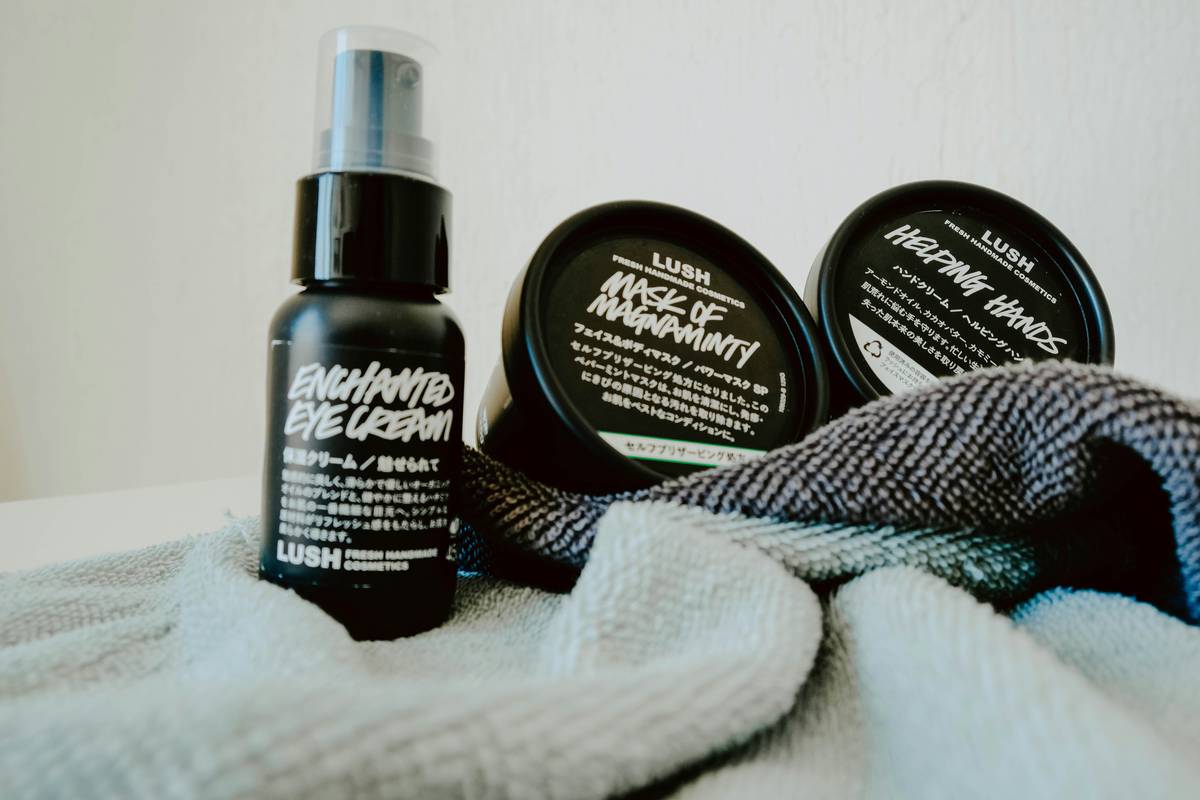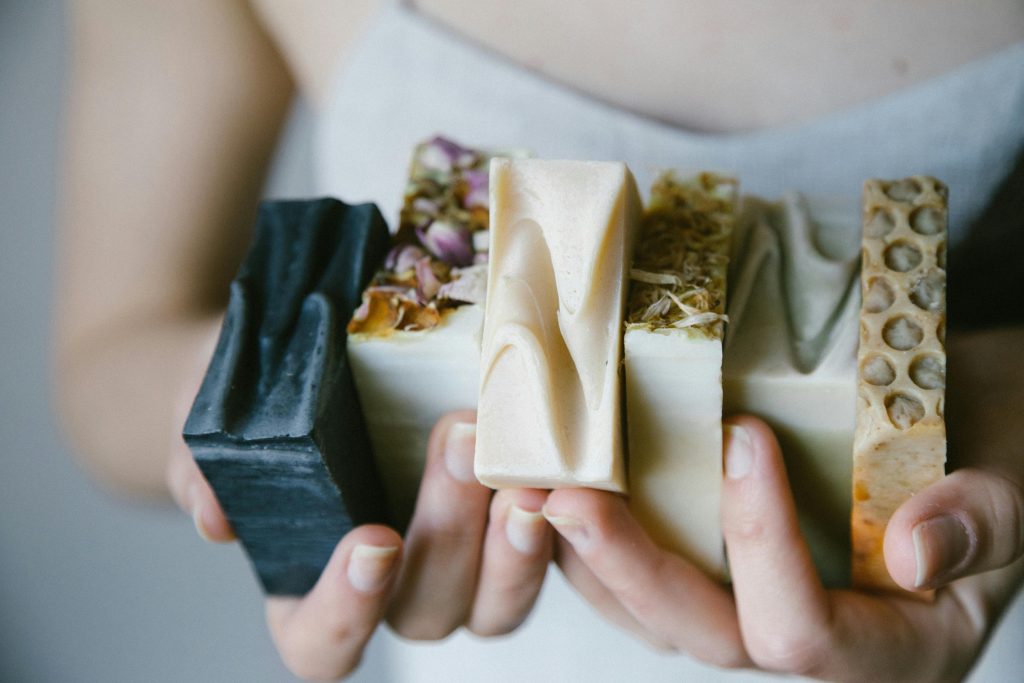Ever stared at your bathroom counter, drowning in half-used makeup products that feel more like chemistry experiments than beauty enhancers? Yeah, us too. And while we love a good glow-up, harsh chemicals and synthetic ingredients can wreak havoc on our skin. Enter: organic makeup essentials—the holy grail of natural beauty.
In this post, you’ll discover how to swap out those toxic tubes for clean, skin-loving alternatives. From decoding product labels to mastering application techniques, we’ll guide you step-by-step. Plus, we’ll share tips, real-life examples, and some brutally honest truths about why not all “organic” claims are created equal. Ready to elevate your beauty game? Let’s dive in!
Table of Contents
- Why Switch to Organic Makeup?
- Key Takeaways
- The Problem with Conventional Makeup
- Step-by-Step Guide to Building Your Organic Makeup Kit
- Top Tips for Using Organic Makeup Effectively
- Examples of Stunning Natural Looks Achieved with Organic Products
- FAQs About Organic Makeup Essentials
- Conclusion
Key Takeaways
- Switching to organic makeup reduces exposure to harmful chemicals, benefiting both skin health and the environment.
- Look for certifications like USDA Organic or COSMOS when buying organic makeup essentials.
- Natural makeup requires slightly different application techniques but delivers equally stunning results.
- Quality over quantity—invest in fewer, high-quality organic products tailored to your skin type.
- Avoid trends promising unrealistic results; organic makeup is about enhancing, not masking, your natural beauty.
Why Switch to Organic Makeup? The Dark Side of Conventional Beauty
You know what they say: “If you can’t eat it, don’t put it on your face.” But have you ever looked at the back of your favorite foundation bottle? Spoiler alert—it reads like a science textbook. Synthetic fragrances, parabens, phthalates… sound familiar? These unpronounceable ingredients might give you Insta-worthy coverage today, but long-term, they could be sabotaging your skin barrier and overall health.

I once spent two months using a drugstore concealer labeled “hypoallergenic” only to end up with angry red patches across my cheeks. It wasn’t until I switched to an organic alternative that my skin calmed down. That’s when I realized there’s a dark side to conventional makeup—one many brands try to gloss over (pun intended).
Optimist You: “Let’s detox our routine!”
Grumpy You: “Ugh, fine—but only if coffee’s involved.”
Step-by-Step Guide to Building Your Organic Makeup Kit
Step 1: Do Your Research (Because Labels Lie)
Not everything labeled “natural” or “organic” lives up to its promise. Always check for third-party certifications like USDA Organic, COSMOS, or Leaping Bunny. If these seals aren’t present, proceed with caution.
Step 2: Identify What Your Skin Needs Most
Are you battling dryness? Acne-prone? Sensitive skin? Choose organic makeup essentials designed for your specific concerns. For example, argan oil-based foundations work wonders for hydration.
Step 3: Start Small
No need to replace your entire collection overnight. Swap one item at a time—say, switching your chemical-laden lipstick for a nourishing, plant-based option.
Step 4: Test Before Committing
Brands often offer sample sizes. Use them! Testing ensures you’re making an informed decision without wasting money—or compromising your skin.
Top Tips for Using Organic Makeup Effectively
- Prep Your Canvas: Cleanse, tone, and moisturize before applying organic makeup. A hydrated base helps achieve smoother coverage.
- Layer Lightly: Organic products tend to be less heavy than their synthetic counterparts. Build coverage gradually instead of slapping everything on at once.
- Mix and Match: Experiment with layering serums under foundation or mixing oils into cream formulas for added luminosity.
- (Bad Tip): Ignore expiration dates because *natural* means it lasts forever. JUST KIDDING. Always toss expired products—they lose efficacy and harbor bacteria.
Real-Life Inspiration: Gorgeous Looks Created with Organic Makeup Essentials
We reached out to eco-conscious influencer Mia Green (@MiaGlow), who shared her journey from acne-ridden skin to radiant confidence after embracing organic makeup essentials. Her go-to look? A dewy finish achieved with jojoba oil-infused primer and mineral powder foundation. Scroll through her feed for proof that green beauty doesn’t mean sacrificing glamor.
FAQs About Organic Makeup Essentials
Is Organic Makeup Safe for Sensitive Skin?
Generally, yes! However, perform patch tests since even plant-derived ingredients can trigger allergies in some individuals.
Does Organic Makeup Have Shorter Shelf Life?
Absolutely. Without preservatives, these products typically last 6–12 months post-opening. Store them properly (read: away from sunlight) to extend their lifespan.
Will Organic Makeup Hold Up During Long Events?
Definitely—if applied correctly. Opt for setting sprays made with aloe vera or rosewater for extra staying power.
Conclusion
Switching to organic makeup essentials isn’t just a trend—it’s a lifestyle choice that supports healthier skin and a healthier planet. By following this guide, you’ll confidently navigate the world of clean beauty while achieving magazine-worthy looks.
Like a Tamagotchi, your skincare needs daily care—feed it right, watch it thrive. 🌿💙


